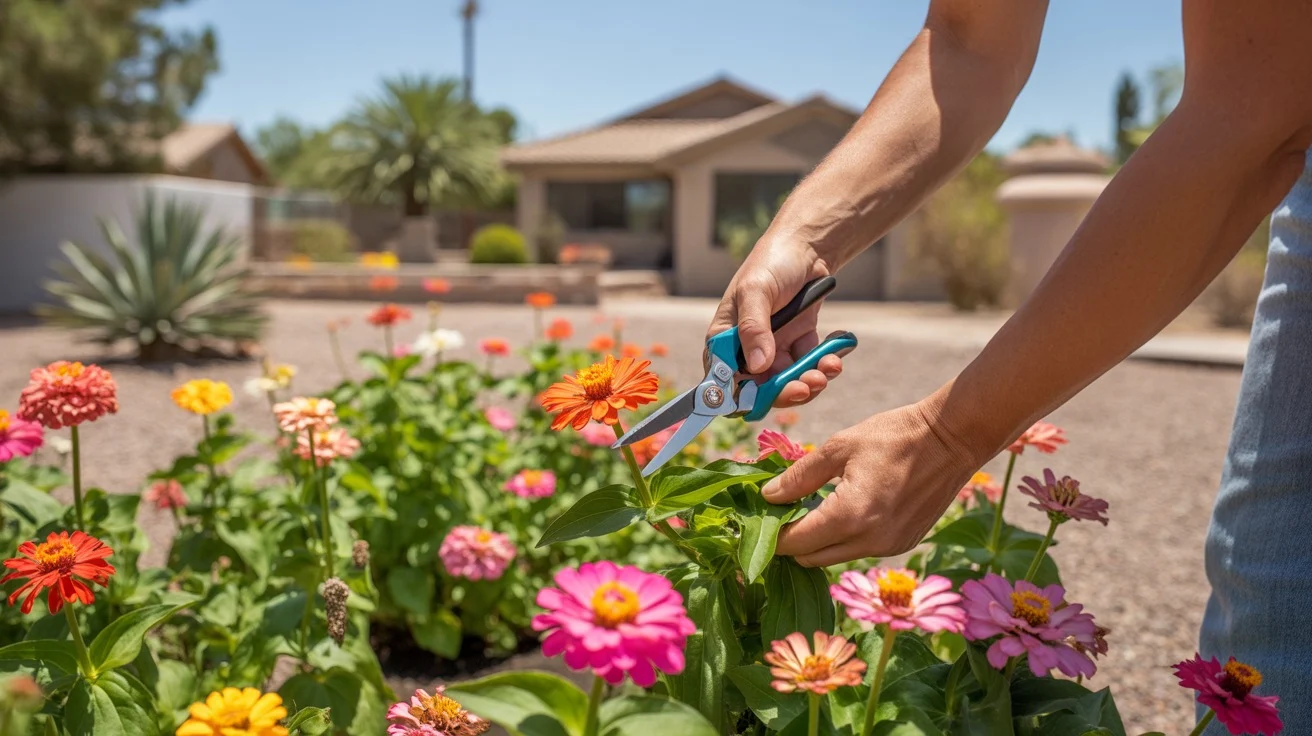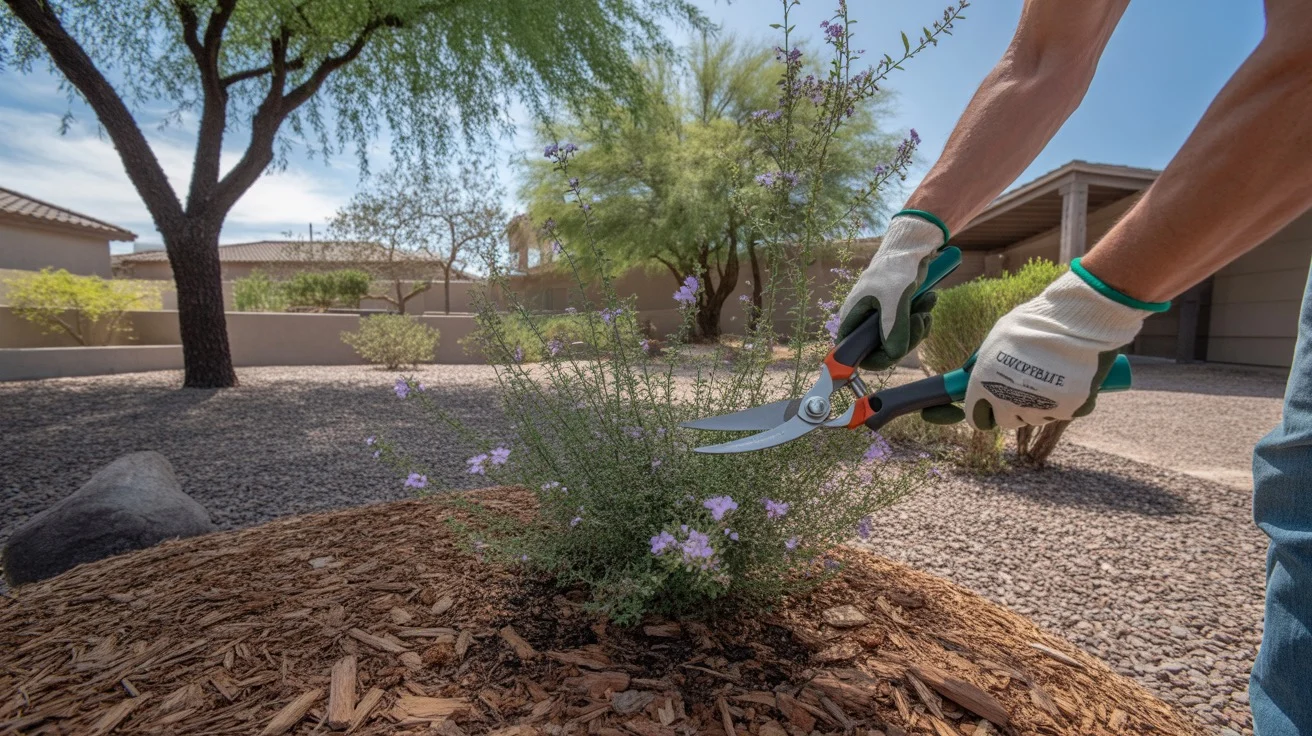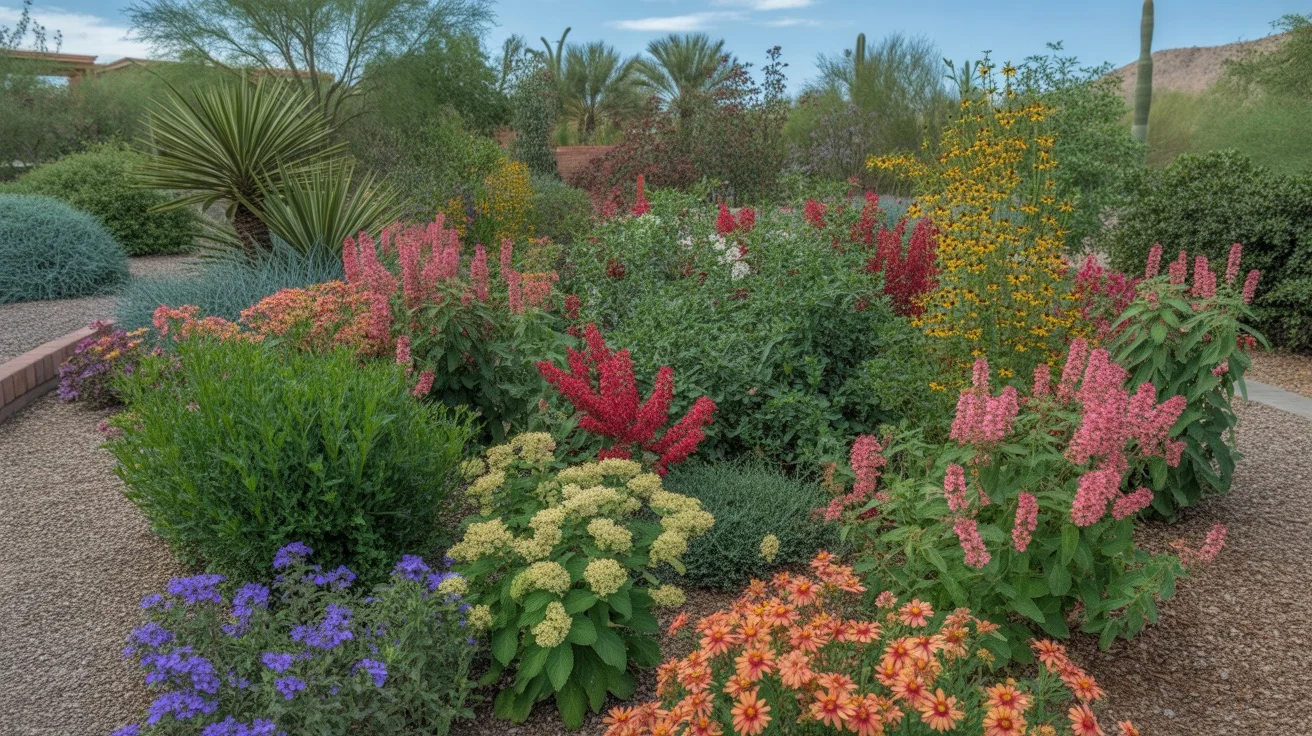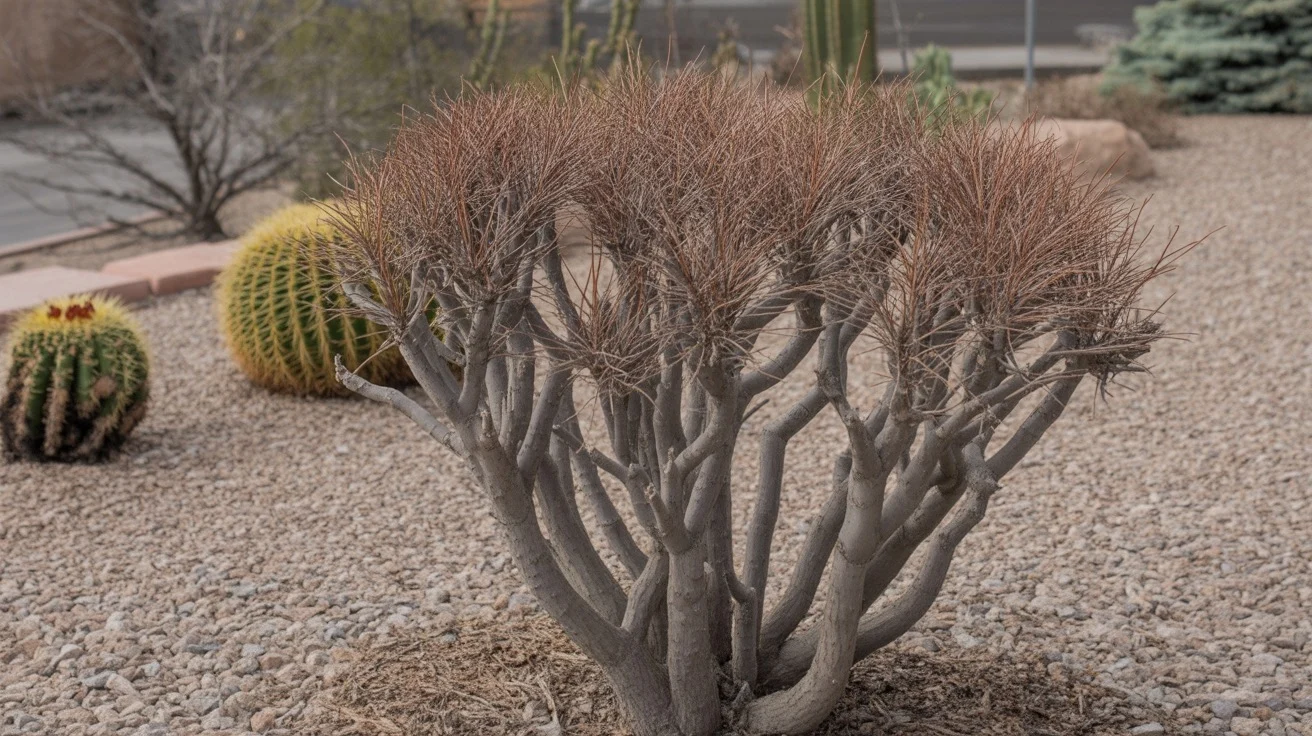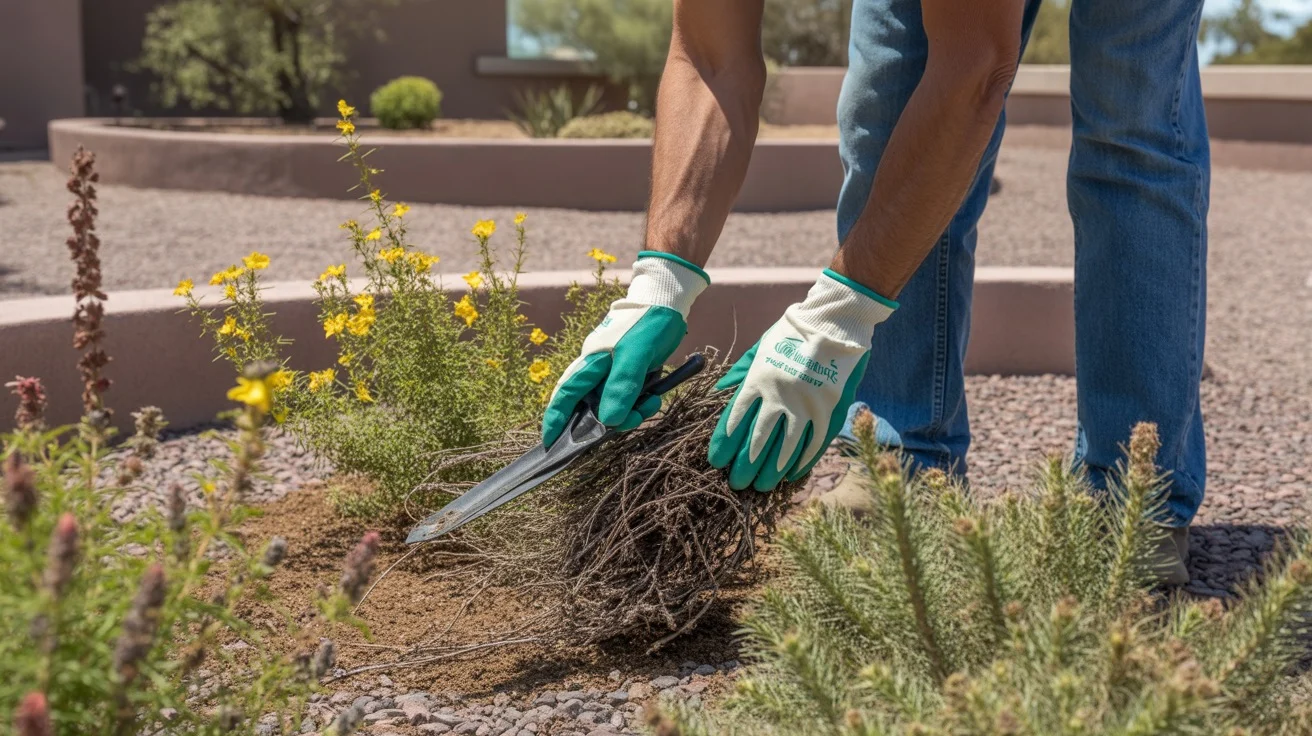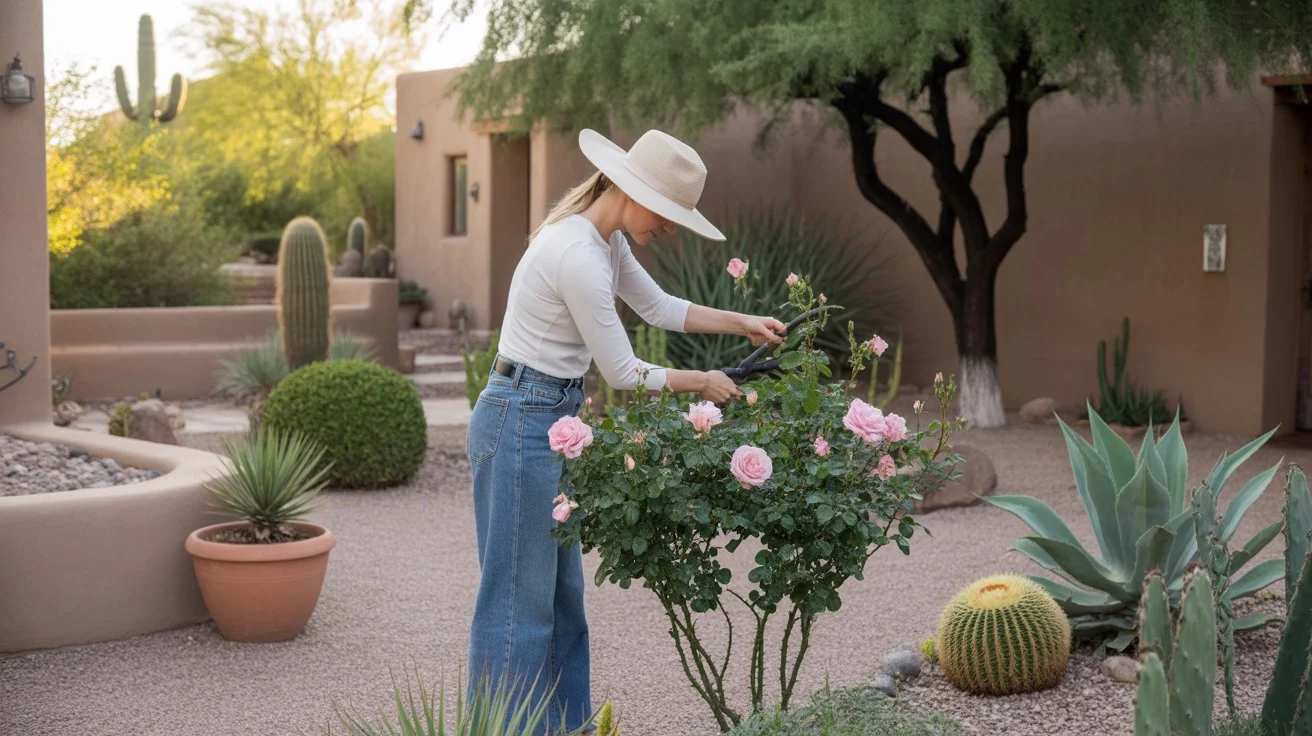Snap to it: Summertime Deadheading for Healthier Blooms
As the heat of summer settles over Mesa, dedicated gardeners know it’s prime time for one essential task: deadheading. This simple pruning technique not only keeps your yard tidy but also encourages healthier, more abundant blooms throughout the season. With a few snips in the right places, you can help your garden thrive even in … Read more

